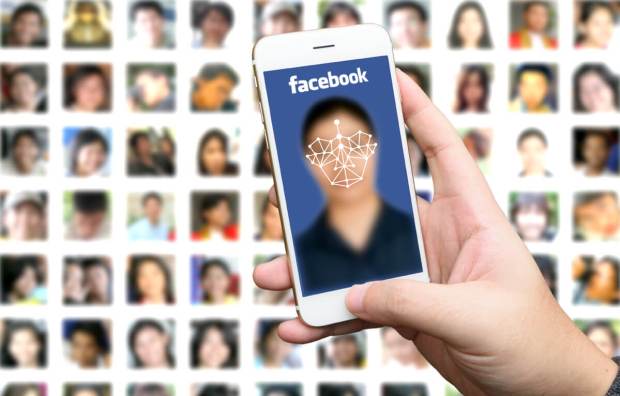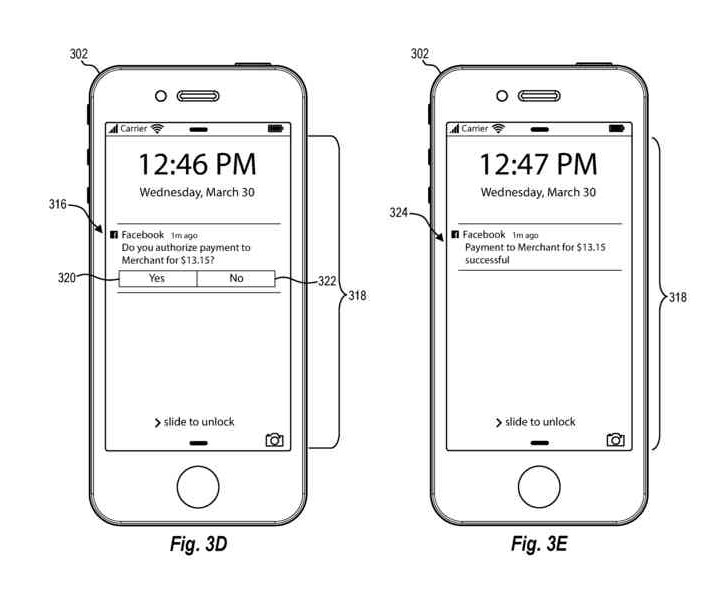Facebook Looks At The Face For In-Store Payments

Facebook may be gunning to introduce facial recognition software for in-store payments at retail locations, as presaged by a patent application published Thursday (Nov. 9) with the U.S. Patent and Trademark Office.
In his filing, patent inventor Stephen Moore Davis noted the plethora of payment methods in place at physical retailers — ranging from credit and debit cards to near-field communication (NFC) offerings — and that they “lack a secure and/or convenient method” through which to authenticate a buyer’s identification.
Specifically addressing NFC and its limitations, the filing explains that technology requires devices to be held very close to terminals and necessitates personal identifying numbers (PINs), passwords or biometrics to unlock them and conduct transactions. The multiple steps tied to a transaction wind up being inconvenient for users, Facebook said — not to mention so time-consuming that such transactions are “slower than conventional cash-based or card-based transactions.”
Face-based electronic identification presents superior alternatives, according to the company’s filing, with captured images serving to authenticate both the user’s identity and the payment account presented by that user.
The patent filing describes a two-factor authorization process that Facebook believes will boost security. Facial recognition itself serves as the first factor, with the payment system capturing an image of the user at checkout and matching it with one stored on his or her account. The second authentication factor is a confirmation request sent to the user’s corresponding mobile device.
One goal of facial recognition processes is to reduce the number of images analyzed during verification. Through GPS data, the payment system would identify the merchant, its location and that the user is at its location. The stored image of the user, matched against one generated at the merchant, “largely reduces processing time and increases the speed at which the payment system can identify the user,” according to the patent filing.

Upon identification of the user by the payments system, and verification that the device or devices are indeed associated with the user account, a payment account — which has previously been registered and stored — is also identified. This alleviates any additional steps such as opening a mobile device app or having to manually select an account. The system can then send a notification to request confirmation and authorization of the transaction, the filing stated.
